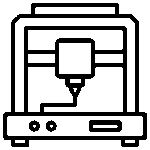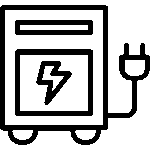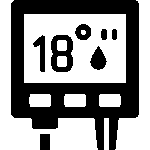Reverse Protection for Battery Chargers: A Simple Fix for Electronics Enthusiasts

When designing or working with battery-powered devices, one common issue that many hobbyists and engineers face is reverse polarity. This happens when the positive and negative connections are swapped, which can damage components or even cause a fire. Fortunately, reverse protection is an easy fix, and you can implement it in your circuits with minimal effort.
The Problem and Solution :
Reverse protection is the process of preventing damage caused by incorrect polarity connections. In simple terms, if you accidentally plug in the battery the wrong way, a protection circuit stops the current from flowing and protects your charger or device.
Practical Example :
Imagine you’ve just built a DIY solar charger. You connect a 12V battery, but the charger isn’t working, and you notice a burnt smell. What happened? You’ve likely connected the battery in reverse! To solve this, add a diode to your charger circuit. A diode allows current to flow only in one direction, ensuring that even if you connect the battery wrong, the current will be blocked and your charger won’t be damaged.
Sample Calculation :
If using a 1N4007 diode for reverse protection, the voltage drop across it is about 0.7V.
If your charger operates at 12V, ensure your input voltage accounts for this loss, i.e., ensure a supply of at least 12.7V to maintain proper functioning.
Product Suggestion :
For building your reverse protection circuit, you might need a reliable diode or a MOSFET. Both of these components are essential for creating efficient protection circuits. Check out Made in India components at SmartXProKits. Shop now at SmartXProKits.in and support India’s innovation—buy from our Make in India site!




















